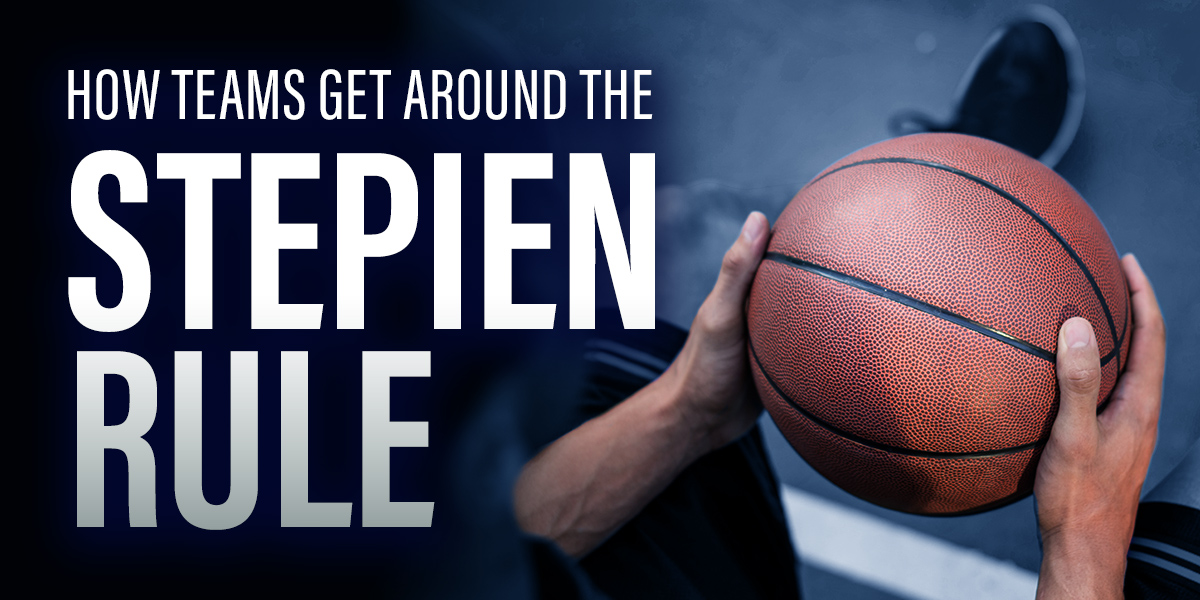
The draft pick is one of the most potent trade currencies in the NBA. The Oklahoma City Thunder have made it a point to collect an unprecedented number of future first- and second-round picks.
While second-rounders can be somewhat disposable, firsts come with a set of strings that can complicate a team’s flexibility. Specifically, the Stepien Rule requires teams to have at least one future first-rounder in every other draft.
Named after Ted Stepien, formerly of the Cleveland Cavaliers, the rule is to protect teams from trading themselves bare.Naturally, general managers have found loopholes around the Stepien Rule to send out as many picks as possible to get an All-Star like Anthony Davis, James Harden or Paul George.
Stepien in Practice: Los Angeles Clippers
In 2019, the Clippers had the opportunity to sign Kawhi Leonard in conjunction with a trade for George (from the Thunder). It was a move Los Angeles felt was worth making, despite the haul in draft picks. The franchise still owes Oklahoma City three firsts (2022, 2024 and 2026).
Because of the Stepien Rule, the Clippers were required to have first-rounders in 2021, 2023, 2025 and 2027. All told, the George trade tied up the team’s firsts for seven years.
But didn’t the Clippers trade its No. 25 pick in 2021, sending Quentin Grimes to the New York Knicks? Loopholes aplenty!
Loophole: Trading After the Draft
Stepien specifically says teams must have a first in every other future draft. The Clippers used its selection to draft Grimes, based on a pre-negotiated deal with the Knicks.
Once Grimes was selected, the Clippers traded his rights, not a future pick. The 2021 draft was now in the past, no longer subject to Stepien.
Similarly, the Los Angeles Lakers sent Isaiah Jackson (No. 22) in 2021 to the Indiana Pacers as part of the Russell Westbrook trade—avoiding the Stepien Rule’s restriction with a 2022 obligation owed to the New Orleans Pelicans.
This loophole only helps teams after the current draft.
Loophole: Pick Swaps
While the Clippers couldn’t trade its 2023 or 2025 firsts, the team did send swap rights to the Thunder in the George deal. Los Angeles still has a pick, but if Oklahoma City finishes with a better record and a lower pick, the Clippers get the less favorable of the two. If the Thunder cannot catch the Clippers in the standings, then the swap expires unused.
Famously, the Boston Celtics received a 2017 swap in the 2013 Kevin Garnett trade with the Brooklyn Nets. Brooklyn wasn’t as good as they had hoped, and the Celtics landed the No. 1 overall pick, swapping the No. 27 to the Nets.
The Celtics then traded down two spots to select future All-Star Jayson Tatum. Brooklyn used No. 27 to acquire D’Angelo Russell from the Lakers (who became an All-Star for the Nets and then was part of the Kevin Durant trade from the Golden State Warriors). Los Angeles used No. 27 on Kyle Kuzma.
Second-round picks, which are not subjected to the Stepien Rule, can also be traded as a swap.
Two-Years After
The Chicago Bulls owe the Orlando Magic a 2023 first-round pick for Vucevic with protections through 2024. That would typically tie up the 2025 first by the Stepien Rule, but the Bulls also owe the San Antonio Spurs a first in 2025 for DeMar DeRozan. Isn’t that a violation?
The language in the trade with San Antonio specifies that the 2025 first will convey two years after Chicago’s prior obligation to the Magic. If the Bulls send its first in 2023, then 2025 goes to the Spurs. If it conveys to Orlando in 2024, San Antonio will get the Bulls’ 2026 selection.
Chicago included additional protections in the pick to the Spurs. It’s two years after Orlando and top-10 protected in 2025, top-8 through 2028—otherwise, it converts to a 2028 second-rounder.
Because the Bulls may second a first in 2023 or 2024 to Orlando, 2025-2028 to San Antonio, and the Stepien Rule blocks the 2029 selection. Chicago has no firsts to offer until 2030. Teams can only trade away picks over the subsequent seven future drafts, so the Bulls are almost entirely spent. But yet another loophole could change that…
Loophole: Acquiring Another First
A team needs to have a future first every other year. It can be one from another team via trade.
For instance, the Bulls could trade one of its players for a first-rounder. That pick can be repackaged to another team directly, or if it’s an unprotected 2028 first-rounder, that will take away the Stepien block on 2029.
Protections could be a gotcha if that other team’s first isn’t guaranteed to convey in that specific year (for instance, if it’s lottery-protected, the possibility that it might not come doesn’t satisfy the Stepien requirement).
Other Notes
Teams can negotiate extensive protections in a pick, which can also significantly lock up its books.
The Portland Trail Blazers sent a 2023 first-round pick to the Chicago Bulls in a three-way deal that sent Larry Nance Jr. to Portland via the Cleveland Cavaliers. That selection is lottery-protected (top-14) through 2028.
Because it might go to Chicago, the Blazers cannot trade another unencumbered first since that selection may not convey for a long, long time. That it might go in 2028 also locks up the team’s 2029 first. The Stepien Rule applies to “maybes.”
The Blazers acquired a Milwaukee Bucks first from the Pelicans in the CJ McCollum trade. That 2025 first (top-4 protected by New Orleans) is legally available for Portland to use in another deal.
Additionally, the Lakers owe its 2024 first to the Pelicans, but New Orleans has the right to delay that selection to 2025. Again, because it might go in either year, Los Angeles is Stepien restricted in 2023 and 2026.
One franchise will occasionally revisit a previous obligation to loosen or adjust the protection–to clean up some of the Stepien red tape. The Miami Heat sent KZ Okpala and a second-rounder to the Thunder in February to push its 2023 obligation owed via the Jimmy Butler sign-and-trade to 2025. Now Miami can trade its 2023 first, should an opportunity arise.
Email Eric Pincus at eric.pincus@gmail.com and follow him on Twitter, @EricPincus.



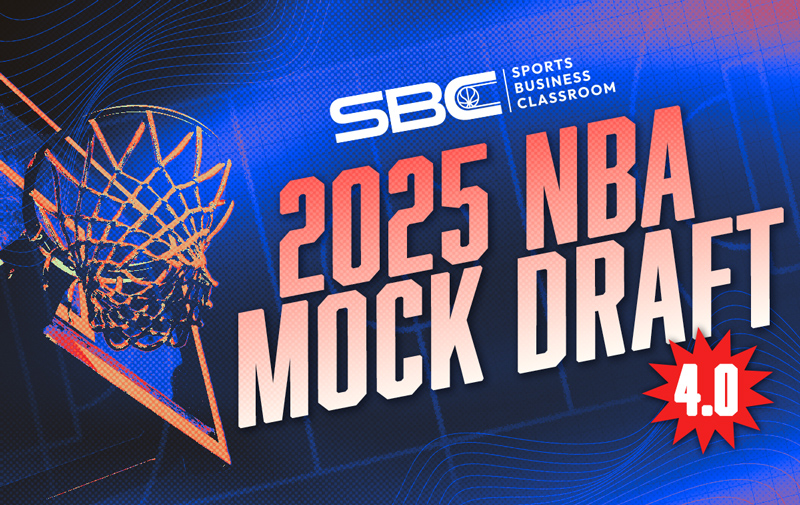
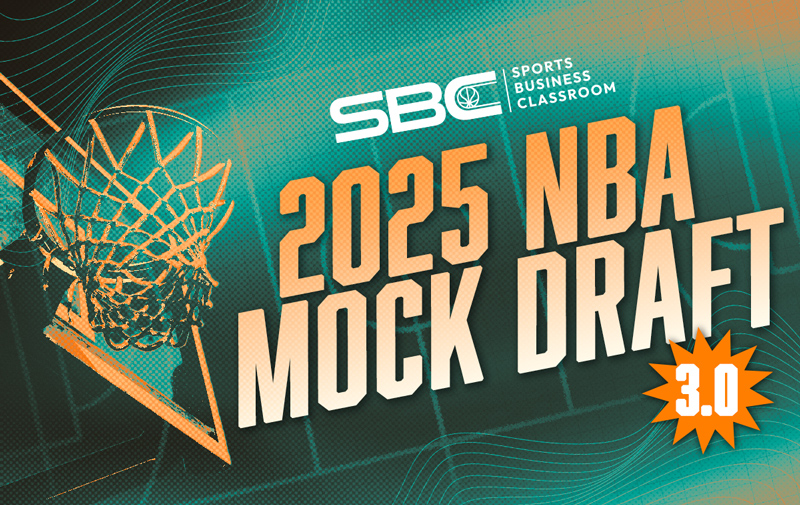
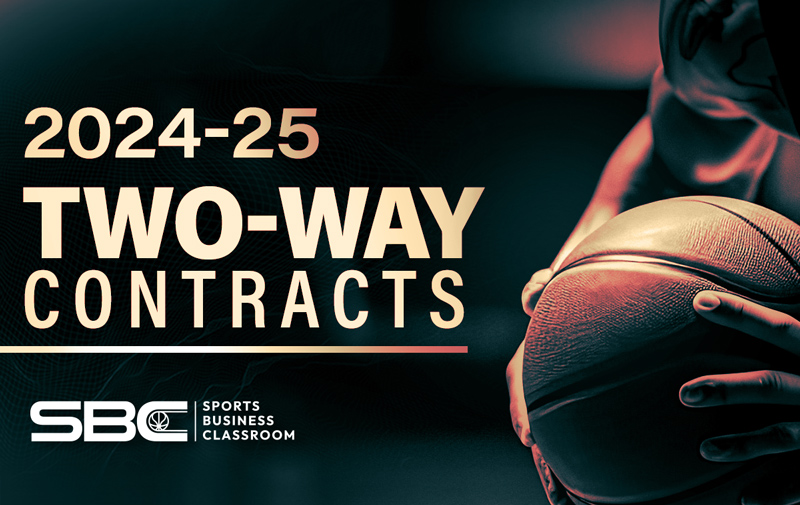
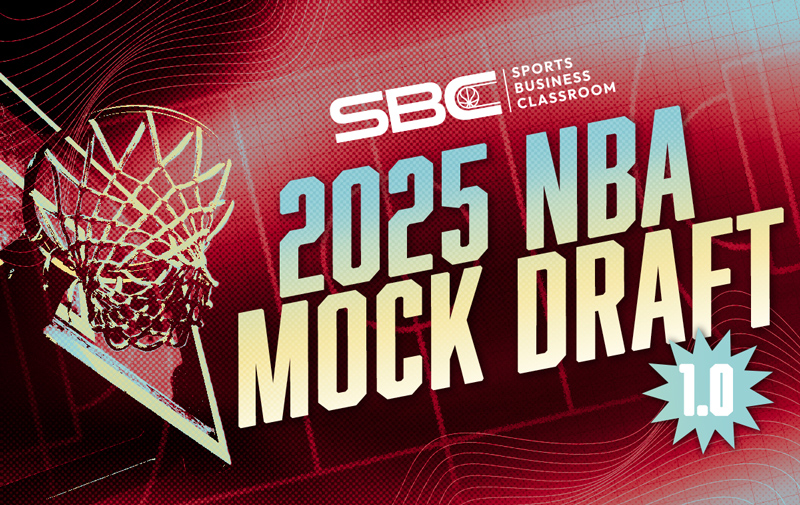
Leave A Comment